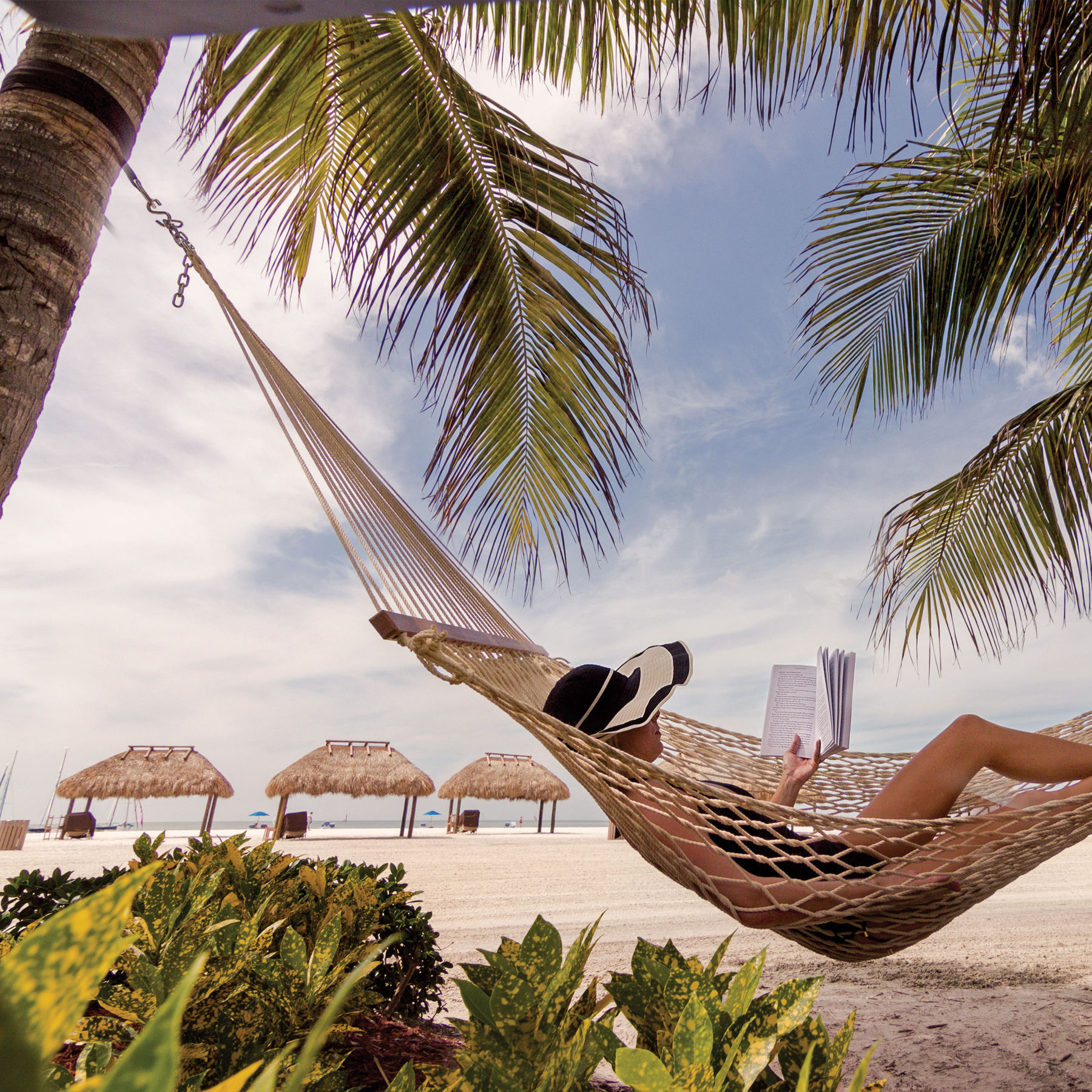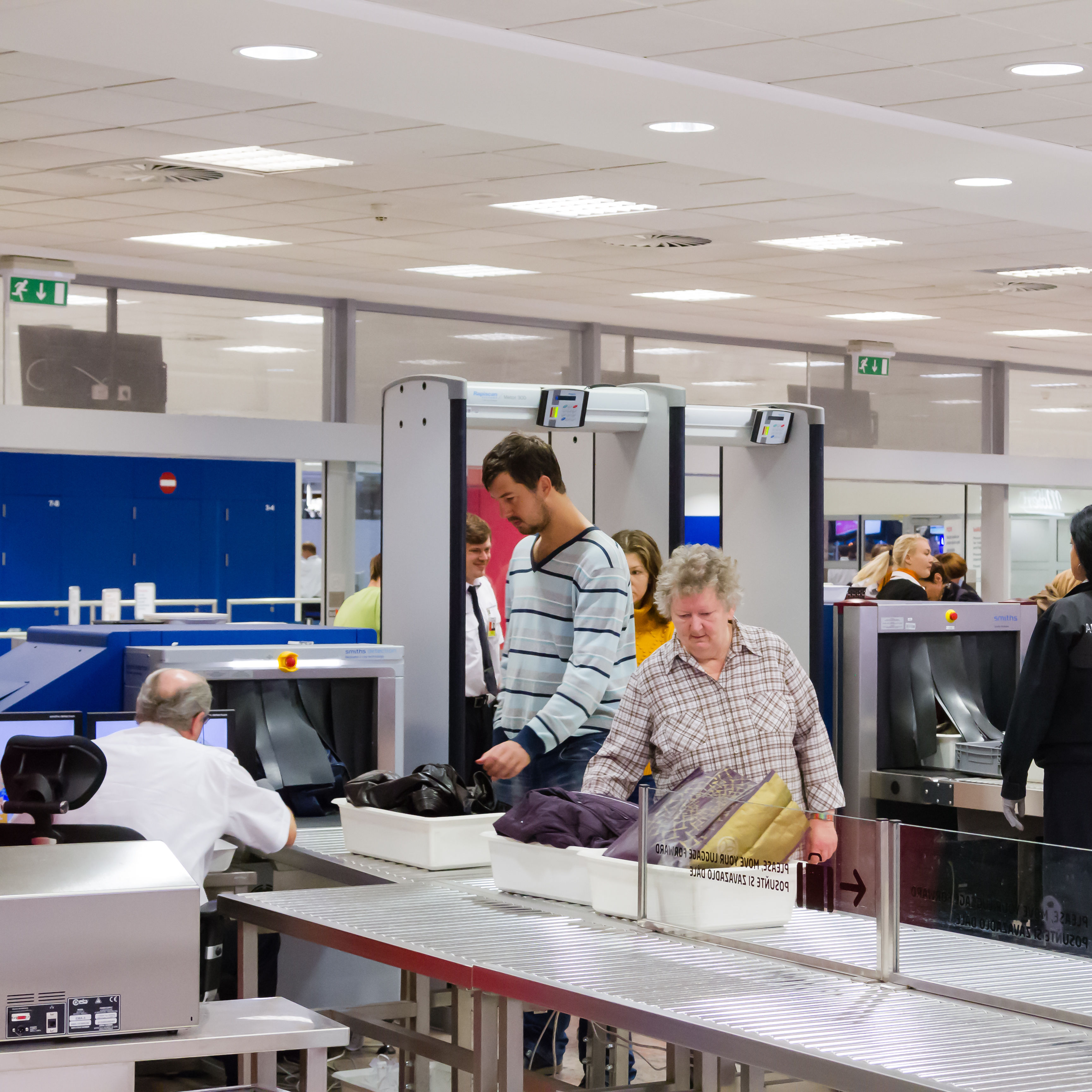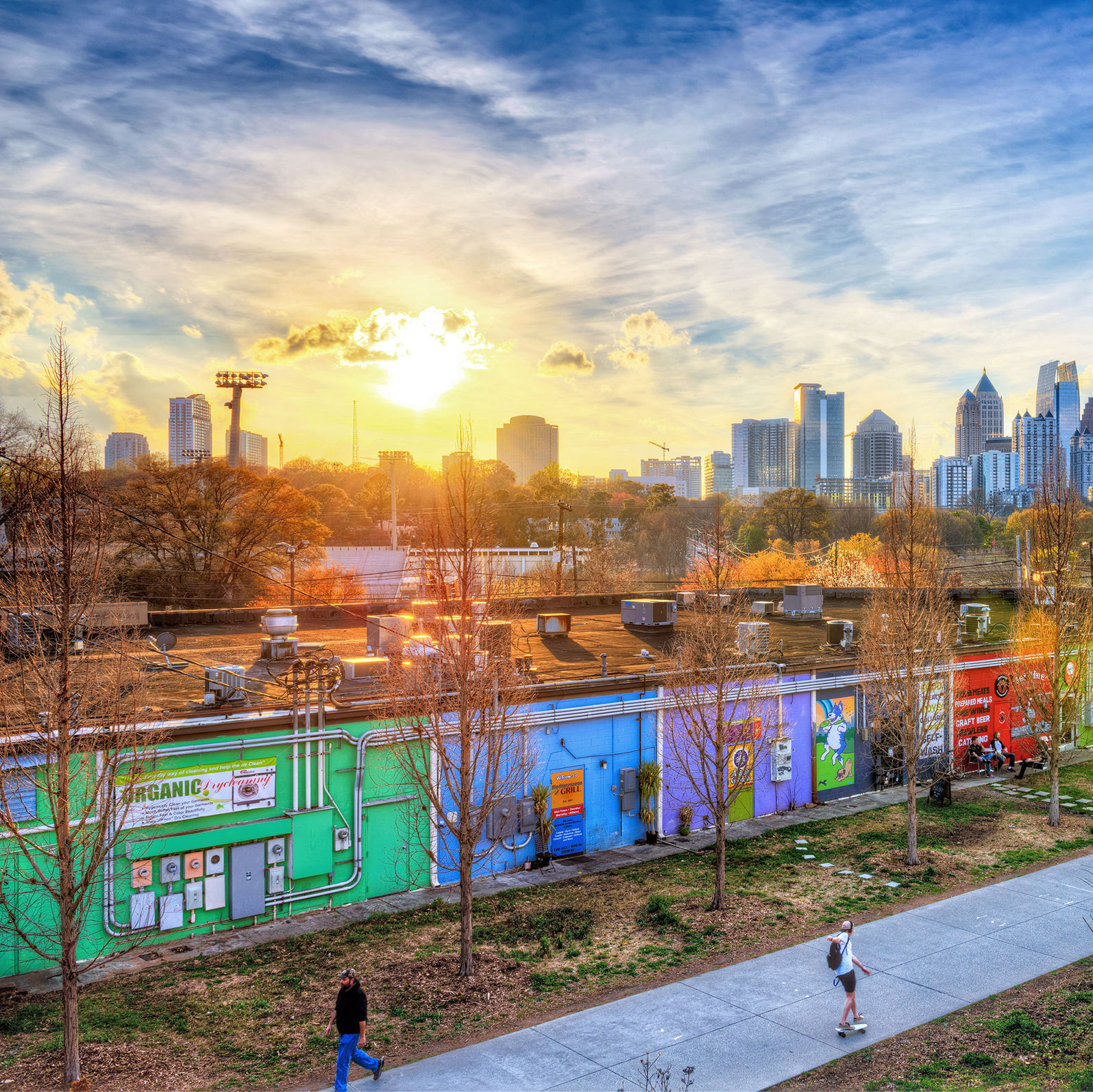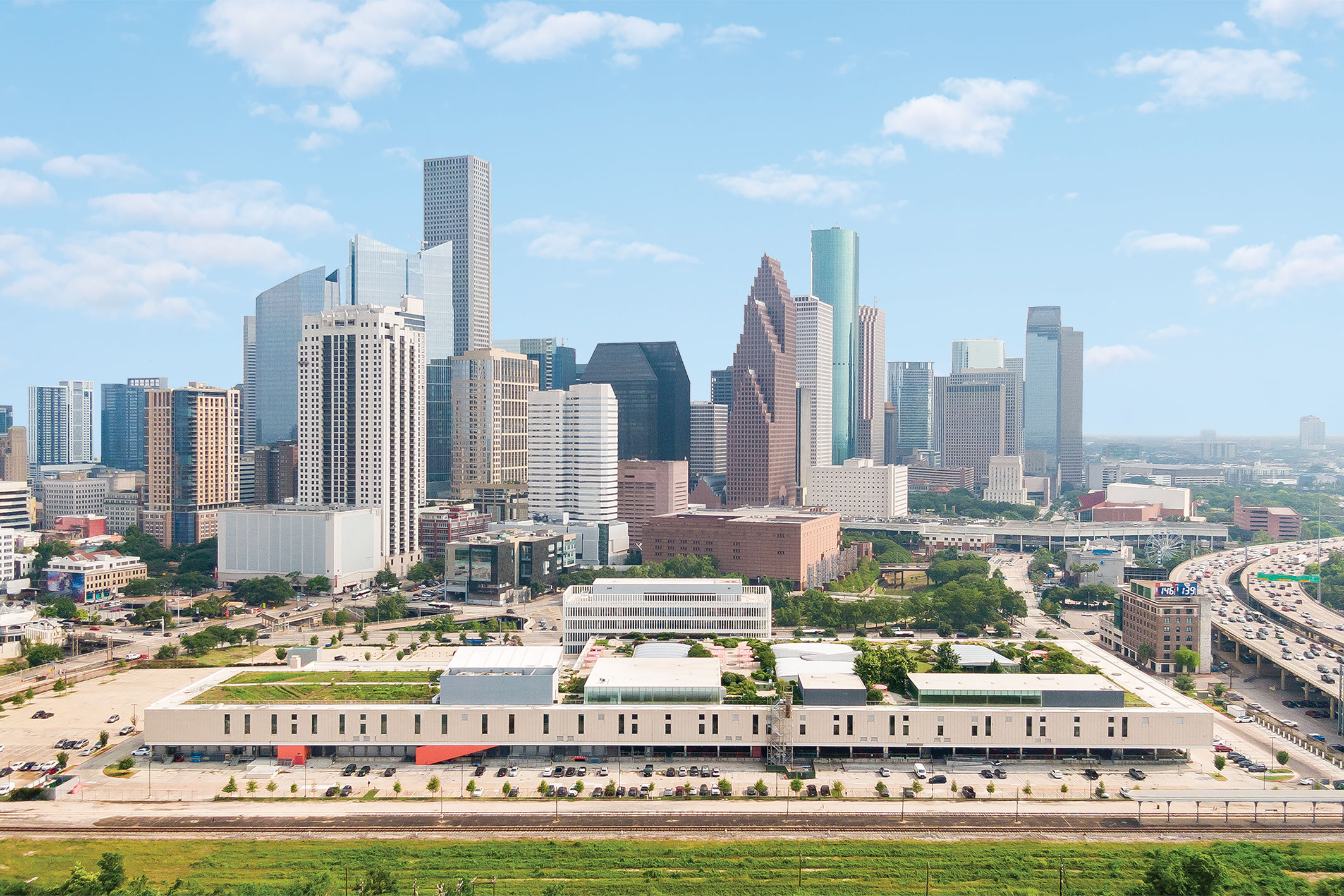Learn to Fly (Again) in a Post-Coronavirus World
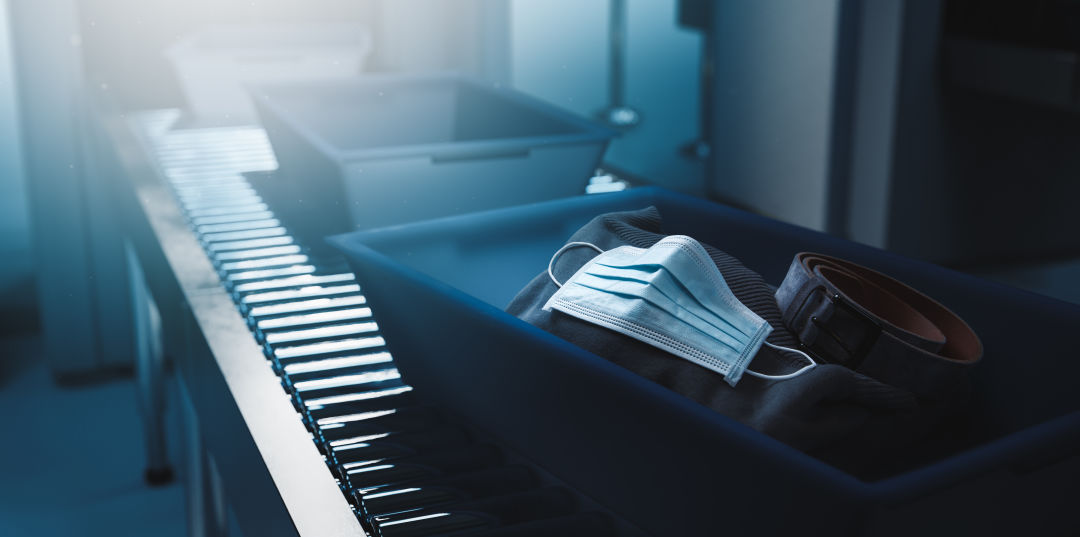
Image: Shutterstock/FerGregory
So you wanna get away? You’re not alone.
Roughly 35 million passengers who flew through Houston airports in 2019 opted not to in 2020. Sure, road trips offered us an old-school alternative to ditch town. But hours spent pent up behind the wheel simply can’t match the convenience and speed that comes with traveling as the crow (and even the grackle) flies. Maybe that’s why more than 1 million travelers a day headed out on flights around the country during spring break in March.
This summer, as we flock back to air travel and spread our wings on long weekends and overseas excursions, you’ll likely notice that airport activity looks a little different thanks to the Houston Airport System’s FlySafe Houston Initiative that launched in June 2020 in response to COVID-19 and is likely to stick around in some form well into the future. Protocols inside the airport are not all that divergent from the world outside the gates—since we’re in Texas we should be clear, you’re still required to wear a mask as soon as you wheel your brand-new carry-on through the sliding automatic doors—but they’re certainly not ordinary.
“Really travelers will see improvements and changes at every step of their travel experience,” says Houston Airport System public information officer Augusto Bernal.
In addition to masking up and being extra courteous, here’s a rundown of the new precautions and procedures required to take flight:
You’ll notice virtual ways to reduce touch points before you even unload the car.
Houstonians’ No. 1 concern is always parking. Thankfully, new functions on fly2houston.com’s parking reservation system allow greater flexibility (including easy cancelations and refunds) for the EcoPark, terminal, and valet lots—traditional pay kiosks are still open for those who want to pay manually. Shuttles to and from the lots run with reduced capacity and increased cleaning schedules, so don’t be shocked if you have to wait for the next bus on peak travel days.
Once inside, expect to see heightened cleaning practices.
According to Bernal, IAH’s 1,389 and Hobby’s 1,350 air filters are being swapped out monthly instead of on an as-needed basis for healthier circulation. And you’re guaranteed to see crews scouring high-touch areas with hospital-grade chemicals throughout the day, with more intensive spray downs happening after close.
Don’t be intimidated by the lines at check in and security:
They look longer due to social distancing guidelines. For domestic flights, pass your ID and ticket over the self-scanner (which you’ve probably used before) and expect to follow the TSA agent’s security protocols just as you have in the past—the only difference is that they might be seated behind a plastic shield.
International jetsetters will see the most noticeable changes before they’re cleared for takeoff.
Travelers who leave the country (regardless of citizenship) will be tested for COVID-19 upon their return home and many countries are requiring a negative test result before arrival. Check your destination’s policies before departure or visit the on-site testing center in IAH Terminal E just to be safe.
And if this wasn’t feeling dystopian yet, let’s insert biometrics into the equation.
New customs procedures—that were actually introduced prior to the pandemic—now override the traditional passport check with a facial comparison scan at IAH and Hobby. “Now your face becomes your passport,” Bernal explains. “It not only reduces touch points, but it makes the process a lot faster.” Travelers can decline the new technology, Bernal adds, but it’s slated to stick around even in the post-pandemic world.
Once in the terminal, the general rules of social etiquette apply.
Restaurants are open with well-spaced, limited seating and reminders to practice distancing are around every corner, as are hand sanitization stations and even PPE vending machines.
Still give yourself about two hours before domestic departures and three hours before international flights.
“We’re in a different place right now,” Bernal says. “We’re not seeing drastic cancelations by the airlines or anything that might change your scheduling.”
Otherwise look to your airline for in-flight policies; sit back, mask up, and enjoy our final descent into the new normal.
